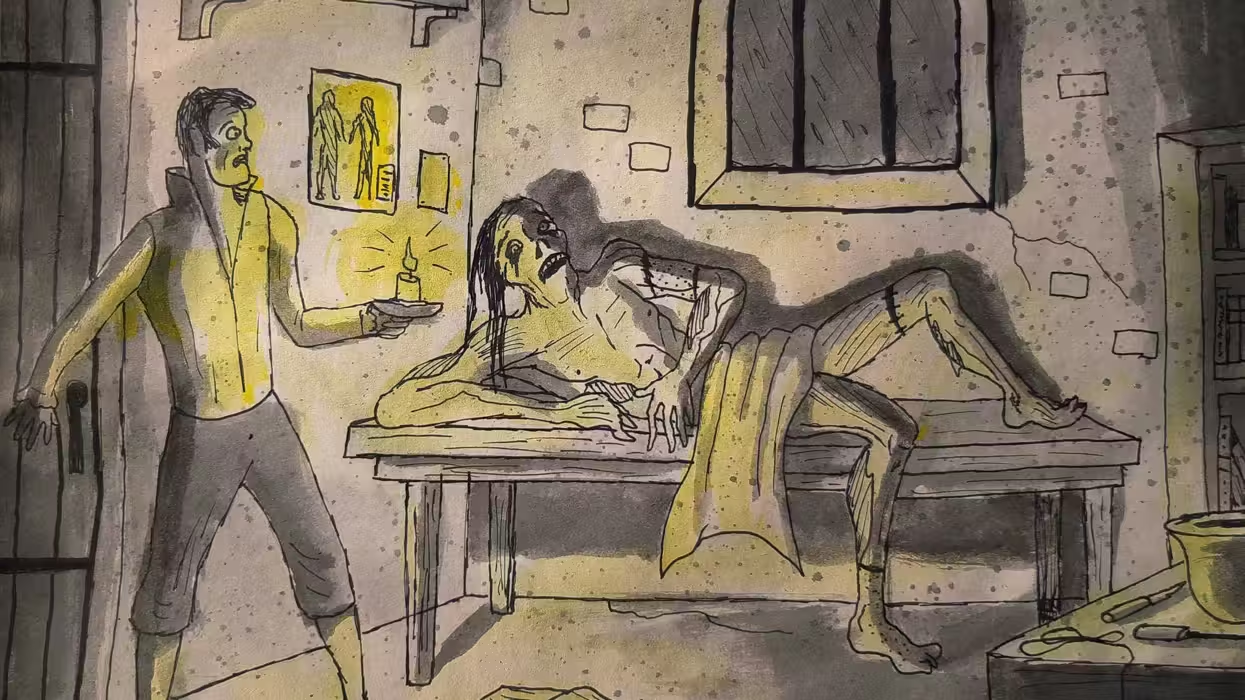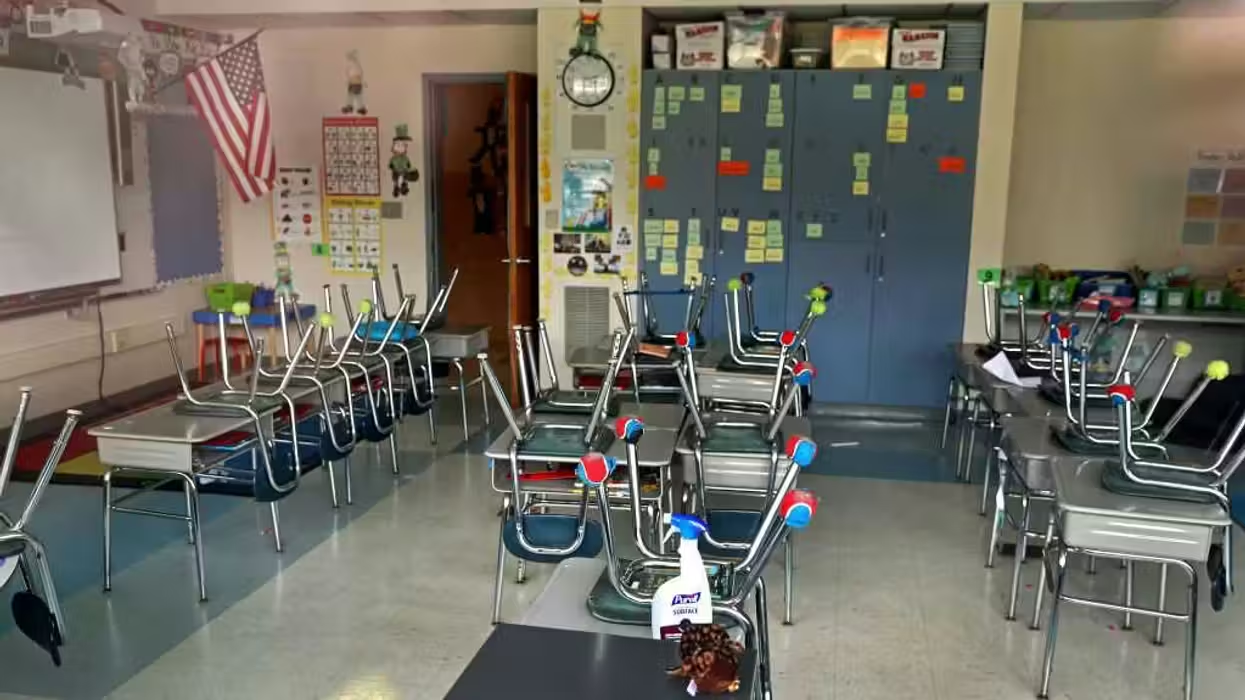
© 2025 Blaze Media LLC. All rights reserved.
"...traditional packaging for batteries has given way to a much more flexible approach..."
As evidenced by the weekend storms in Washington, D.C., where metro-area residents could be found anywhere that had electricity and an outlet hooking up their cellphones, laptops and tablets to charge the battery -- for example, the hallway leading to the shopping mall bathrooms -- we are entirely dependent on electricity to charge these types of batteries.
But, as PC World points out, researchers may have taken a step toward a wall or other non-traditional surface powering your laptop.
It's the paint that's the key. Rice University researchers developed a lithium-ion battery in paint form, meaning it could be sprayed onto walls. According to the university release, the five layers found in a "traditional" battery -- two current collectors, a cathode, an anode and a polymer separator -- were sprayed onto different surfaces -- bathroom tiles, flexible polymers, glass, stainless steel and a beer stein.


Pairing this technology with a solar cell, the energy created from the light fully charges the batteries, meaning electricity would not necessarily be integral in refueling the batteries. When fully charged, according to the release, the batteries were able to power light-emitting diodes for six hours.
Lead author of the study Neelam Singh said that this innovation, for which the team has filed a patent, is a "paradigm changer."
“This means traditional packaging for batteries has given way to a much more flexible approach that allows all kinds of new design and integration possibilities for storage devices,” added materials scientist and Rice professor Pulickel Ajayan. “There has been lot of interest in recent times in creating power sources with an improved form factor, and this is a big step forward in that direction.”
Watch the researchers explain their technique:
Singh said that this technology would be relatively easy for manufacturing to incorporate, as many industries already use spray painting equipment. The team is also looking at electrolytes to make it easier to paint batteries in open air alone.
Read more about the technology here.
(H/T: PC World)
Want to leave a tip?
We answer to you. Help keep our content free of advertisers and big tech censorship by leaving a tip today.
Want to join the conversation?
Already a subscriber?
more stories
Sign up for the Blaze newsletter
By signing up, you agree to our Privacy Policy and Terms of Use, and agree to receive content that may sometimes include advertisements. You may opt out at any time.
Related Content
© 2025 Blaze Media LLC. All rights reserved.
Get the stories that matter most delivered directly to your inbox.
By signing up, you agree to our Privacy Policy and Terms of Use, and agree to receive content that may sometimes include advertisements. You may opt out at any time.





